![]()
![]()
![]()
Use LEFT and RIGHT arrow keys to navigate between flashcards;
Use UP and DOWN arrow keys to flip the card;
H to show hint;
A reads text to speech;
22 Cards in this Set
- Front
- Back
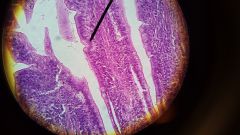
1. Identify this tissue.
2. Find: - basement membrane - microvilli - villus - goblet cells - Peyer's Patch - lumen - simple columnar epithelium |
1. Small intenstine
|
|
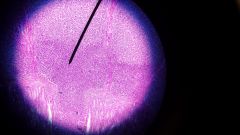
Name this tissue. What is the pointer on?
|
Small intestine; Peyer's Patch
|
|

Identify this tissue.
Find: - capsule - trabeculae - red pulp - white pulp |
Spleen
- capsule is the outside layer - trabeculae are the supporting beams - red pulp is red - white pulp is blue |
|
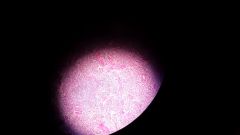
What is this tissue?
Find: - capsule - trabeculae - red pulp - white pulp |
Spleen
|
|
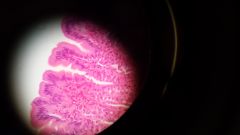
Name this tissue.
Find: - rugae - lumen - gastric pits - simple columnar epithelium |
Stomach
(no goblet cells!) |
|
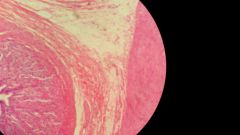
Name this tissue. Identify the three layers.
- mucosal - submucosal - muscularis |
Stomach
|
|

Name this tissue. Identify:
- capsule - trabecular - thymic corpuscles - cortex of lobules - medulla of lobules |
Thymus
- thymic corpuscle- pink splotch - cortex is purple - medulla is lighter than cortex |
|
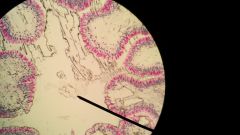
Name this tissue.
Identify: - simple columnar epithelium - basement membrane - goblet cell - lumen |
Colon (Large Intestine)
- goblet cell- large oval and hot pink |
|

Name this tissue.
Name the structure the pointer is on. Identify: - stratified squamous epithelium - basement membrane - lumen |
Esophagus
Basement membrane |
|

Name this tissue.
Identify: - mucosal layer - submucosal layer - muscularis layer |
Esophagus
|
|
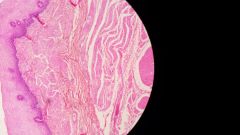
Name this tissue.
Identify: - stratified squamous epithelium - basement membrane - lumen - 3 layers |
Esophagus
|
|
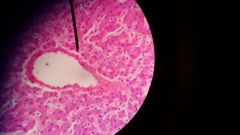
Name this tissue.
Identify: - hepatocyte - central vein - sinusoid |
Liver
|
|
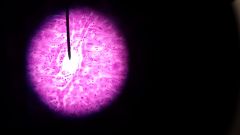
Identify this tissue. Identify the structure the pointer is on.
|
Liver
Central vein |
|
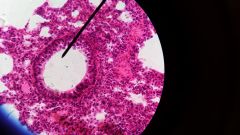
Identify this tissue. Identify the structure the pointer is on.
Identify: - alveoli - simple squamous epithelium - bronchioles |
Lungs
Bronchiole |
|
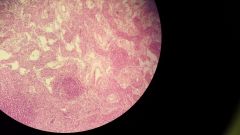
Identify this tissue.
Identify: - capsule - trabeculae - medulla - cortex |
Lymph node
|
|
|
What is phagocytosis?
|
It is the ingestion of microbes and other particles by phagocytes.
|
|
|
What is a macrophage?
|
Cells of the immune system formed in response to an infection
|
|
|
What is an antigen?
|
A substance that evokes an immune response; usually a protein or glycoprotein.
|
|
|
What is a Cytokine?
|
A group of small protein based hormones that signal various cell functions. Interleukin- cytokines used to send signals to leukocytes.
|
|
|
______ is an increased immune response to subsequent exposure of a specific antigen, involves Memory cells.
|
Secondary Response
|
|
|
Helper T Cells:
Cytotoxic T Cells; |
stimulates T cell, B cell and Natural Killer Cell activity (CD4 cell)
attach to an infected cells producing lysis, CD8 cells |
|
|
B-lymphocytes, produces antibodies (immunoglobulins) is associated with what type of immunity?
|
Antibody mediated immunity
|

